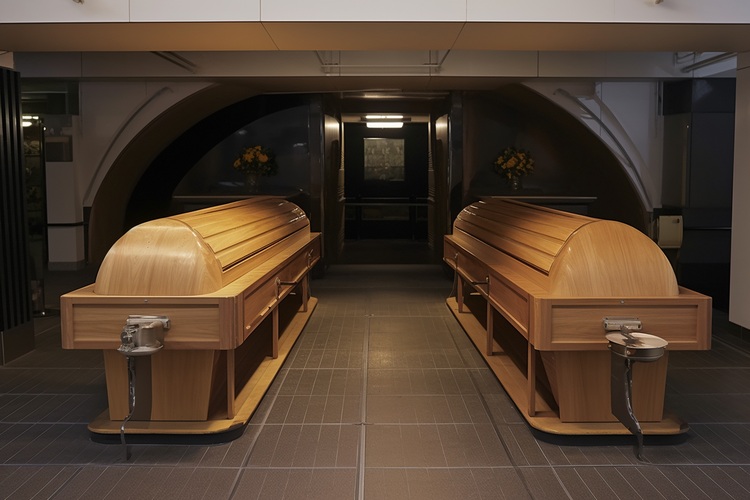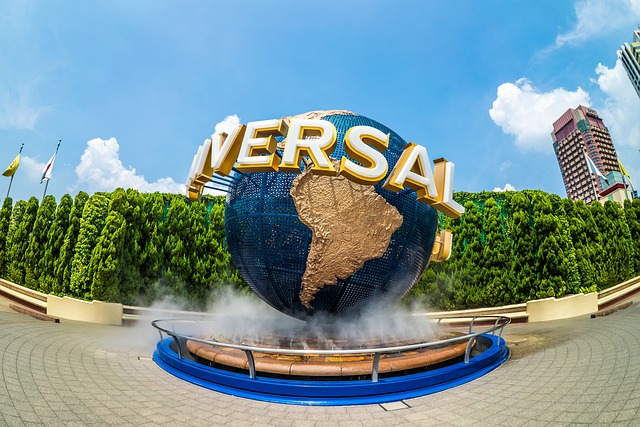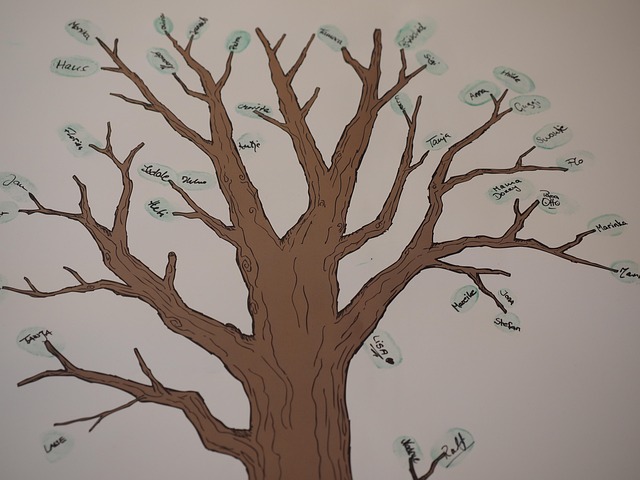Cremation Services: What to Expect, Options, and Planning
Losing someone is never easy, and understanding cremation services can help families make informed, meaningful choices. This guide explains the cremation process, common service types, paperwork and timelines, personalization ideas, environmental considerations, and how to evaluate local services in your area. It’s written to be clear, respectful, and practical so you can navigate decisions with confidence.

How does cremation work?
Cremation is a method of reducing the body to cremated remains through high heat in a specialized chamber. Before the process, funeral professionals verify identity, obtain required legal authorizations, and remove certain medical devices as needed. A rigid container (often an alternative container rather than a casket) holds the body during cremation. Afterward, the remains are processed to a uniform consistency and placed in a temporary container or urn chosen by the family. The process typically takes a few hours, though administrative steps before and after may extend the overall timeline.
What types of cremation can you choose?
Most providers offer several options. Direct cremation is the simplest: the cremation occurs without a formal ceremony beforehand, and families may hold a memorial later at home, a place of worship, or another venue. Cremation with a memorial service includes a gathering after cremation, with photos, music, or readings. Traditional viewing followed by cremation allows time for visitation with the body present (often requiring embalming or alternative preservation based on local regulations) before cremation occurs. Your choice depends on budget, personal beliefs, cultural customs, and how you wish to honor your loved one.
What paperwork and timelines are typical?
Cremation requires legal authorizations that vary by jurisdiction. Common documents include a death certificate, a cremation authorization signed by the next of kin or designated agent, and permits from local authorities. Some regions impose a waiting period before cremation can proceed, while others may allow it once all paperwork is complete. If there are special circumstances, such as a coroner’s investigation, the timeline may extend. Working with an experienced funeral director helps ensure forms are filed correctly, deadlines are met, and you understand any regional requirements in your area.
How can you personalize a cremation service?
Cremation supports a wide range of personal touches. Families often create a memorial table with photos, letters, and meaningful objects. Music, readings, and eulogies can reflect a person’s passions and values. Cremated remains may be placed in a decorative urn, divided among keepsake urns or jewelry, interred in a cemetery niche, or scattered where permitted by law. Some choose biodegradable urns for land or water ceremonies, plantable memorials, or coordinated tributes like a tree planting. Personalization can happen at a funeral home, a community space, a place of worship, or outdoors, depending on local rules and preferences.
What should you know about the environment?
Cremation uses energy and produces emissions, but families can consider eco-conscious choices. Options include using a simple, sustainable container; selecting biodegradable urns; hosting a memorial in natural-light venues; and choosing local services to reduce travel. In some areas, alternative methods like alkaline hydrolysis (often called water cremation) may be available through licensed providers, depending on local laws. If environmental impact is a top priority, ask providers about their equipment efficiency, filtration, and any green practices they follow, then balance those factors with your family’s traditions and needs.
How do you evaluate local services?
Start by identifying licensed providers in your area and review their offerings with a few core questions. Ask about the exact services included, the sequence of steps, how identity is safeguarded throughout, and what support they provide for paperwork. Request a written breakdown of options so you can compare service levels, timing, and any additional items like urns or memorial products. Consider the facility’s cleanliness, transparency, and responsiveness—small details often indicate overall professionalism. Finally, look for clear communication, compassionate staff, and flexibility to accommodate religious or cultural customs important to your family.
What happens after receiving cremated remains?
After the cremation, the provider will return the cremated remains in a temporary container or the urn you selected, along with any necessary documentation. You can then arrange for scattering where permitted, interment in a cemetery or columbarium, or placement at home in a safe, meaningful spot. If you intend to travel with the remains, check airline and country rules in advance. Many families also plan a later memorial or milestone gathering, allowing more time to bring relatives together and honor their loved one in a way that feels right.
How do cultural or religious beliefs fit in?
Cultural and religious perspectives on cremation vary. Some faiths permit cremation with specific rituals, while others discourage or prohibit it. If traditions matter to your family, involve a spiritual leader or cultural advisor early. Many funeral homes are experienced in coordinating rites and customs, from prayer services to specific handling of remains. Clear communication ensures ceremonies are respectful and aligned with beliefs, whether you choose direct cremation with a later service or a full set of rituals before cremation.
What support is available for families?
Grief support can make a meaningful difference. Many funeral providers connect families with local counselors, support groups, or grief literature. Community organizations, faith groups, and online resources can also help. Practical assistance—such as handling memorial programs, tribute videos, or online memorial pages—can ease the burden of planning while allowing friends and family to share stories and condolences. Ask providers what ongoing support they offer after services conclude.
Bringing it all together
Cremation services offer flexibility, from simple, private arrangements to fully personalized memorial experiences. Understanding the process, legal steps, service types, and environmental choices helps you create a tribute that reflects your loved one’s life and values. By evaluating local services carefully and considering cultural, spiritual, and family priorities, you can plan with clarity and care.






